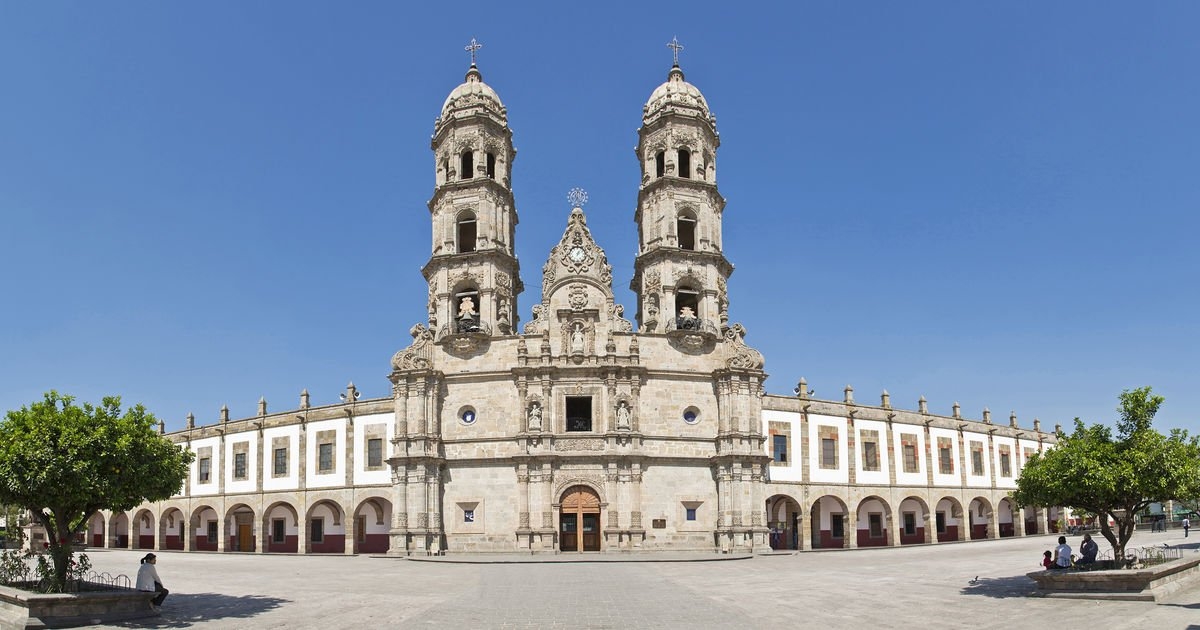Basílica of Zapopan
The very center of tradition and veneration in Zapopan, it's not just the center of religious life, but the focal point of local history, culture, and remembrance.

The Basilica of Zapopan is officially, the Basílica de Nuestra Señora de Zapopan. Zapopan is a big municipality that makes up most of the northwestern side of Guadalajara, and most people will say that it acts more or less like one more neighborhood of the city. The church housing the basilica dates from the late 17th century when construction began under the Franciscans. It was completed only in the early decades of the 18th century.
As a pilgrimage site, it remains one of the most important religious sites in metropolitan Guadalajara, and for centuries, it was the major church in the entire valley. The architectural style is a combination of Plateresque with Baroque details. It's widely considered a monumental example of 17th century colonial Baroque architecture. Nearby, the Chapels of Nextipac and Santa Ana Tepetitlán are of similar age and comparable styles. Later 17th century styles are in the nearby, and now Neoclassical, San Pedro Apóstol Church,and the Municipal Palace.
The statue of the Virgin of Zapopan has been venerated for generations. She's also known as La Generala or even la Zapopanita. She was long considered the protector of Jalisco, and is still the patron saint of Zapopan. The statue of the Virgin dates from the 16th century and was crafted using the corn paste technique developed by the indigenous artisans of Michoacán. The statue was carried to this area in 1541 by the missionary Antonio de Segovia. It has been venerated ever since.
The Romería pilgrimage sees the Virgin carried back to Zapopan from Guadalajara year on October 12. She goes to Guadalajara every May 20th, although with less fanfare. The tradition of the return began in 1734 and still involves some of the greatest crowds seen in Mexico. They assemble along the procession route of about nine kilometers. The celebration is recognized by UNESCO as part of the Intangible Cultural Heritage of Humanity. The atrium, now treated more like a giant city plaza, is often filled with religious visitors, and like in most of Mexico, there are a number of interesting museums in the immediate area.
The Basilica of Zapopan is a good place for visitors to learn a lot about the entire history of the area, including in aspects of culture, religion, and tradition. It's also the very center of Zapopan and easy to reach from the various transit options serving greater Guadalajara.